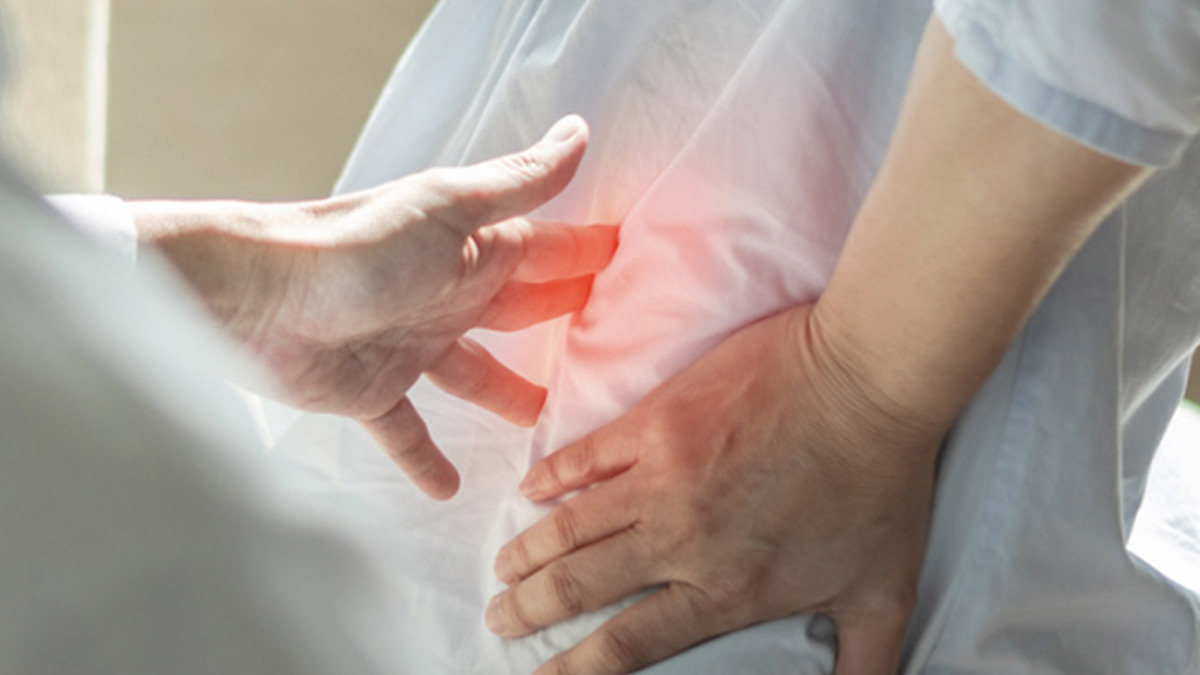The World Health Organization has released its first-ever guidelines on managing chronic low back pain in primary and community care settings, listing interventions for health workers to use, and also not to use, during routine care.
Low back pain (LBP) is the leading cause of disability globally. In 2020, about one in 13 people, equating to 619 million people, experienced LBP, a 60 per cent increase from 1990. Cases of LBP are expected to rise to an estimated 843 million by 2050.
The personal and community impacts, and costs associated with LBP, are particularly high for people who experience persisting symptoms. Chronic primary LBP – referring to pain that lasts for more than three months that is not due to an underlying disease or other condition – accounts for the vast majority of chronic LBP presentation in primary care, commonly estimated to represent at least 90 per cent of cases. For these reasons, the World Health Organisation (WHO) is issuing guidelines on chronic primary LBP.
“To achieve universal health coverage, the issue of low back pain cannot be ignored, as it is the leading cause of disability globally,” said Dr Bruce Aylward, WHO Assistant Director-General, Universal Health Coverage, Life Course Division. “Countries can address this ubiquitous but often-overlooked challenge by incorporating key, achievable interventions, as they strengthen their approaches to primary health care.”
With the guidelines, WHO recommends non-surgical interventions to help people experiencing chronic primary LBP. These interventions include:
Education programmes that support knowledge and self-care strategies;
Exercise programmes;
Some physical therapies, such as spinal manipulative therapy and massage;
Psychological therapies, such as cognitive behavioural therapy; and
Medicines, such as non-steroidal anti-inflammatory medicines.
The guidelines outline key principles of care for adults with chronic primary LBP, recommending that it should be holistic, person-centred, equitable, non-stigmatising, non-discriminatory, integrated, and co-ordinated. Care should be tailored to address the mix of factors (physical, psychological, and social) that may influence their chronic primary LBP experience. A suite of interventions may be needed to holistically address a person’s chronic primary LBP, instead of single interventions used in isolation.
The guidelines also outline 14 interventions that are not recommended for most people in most contexts. These interventions should not be routinely offered, as WHO evaluation of the available evidence indicate that potential harms likely outweigh the benefits. WHO advises against interventions such as:
Lumbar braces, belts, and/or supports;
Some physical therapies, such as traction, (ie, pulling on part of the body);
And some medicines, such as opioid painkillers, which can be associated with overdose and dependence.
LBP is a common condition experienced by most people at some point in their life. In 2020, LBP accounted for 8.1 per cent of all-cause years lived with disability globally. Yet clinical management guidelines have been developed predominately in high-income countries. For people who experience persisting pain, their ability to participate in family, social, and work activities is often reduced, which can negatively affect their mental health and bring substantial costs to families, communities, and health systems.
Countries may need to strengthen and transform their health systems and services to make the recommended interventions available, accessible, and acceptable through universal health coverage, while discontinuing the routine delivery of certain interventions. Successful implementation of the guidance will rely on public health messaging around the appropriate care for LBP, building workforce capacity to address chronic low back pain care, adapting care standards, and strengthening primary health care, including referral systems.
“Addressing chronic low back pain requires an integrated, person-centred approach. This means considering each person’s unique situation, and the factors that might influence their pain experience,” said Dr Anshu Banerjee, WHO Director for Maternal, Newborn, Child, Adolescent Health, and Ageing. “We are using this guideline as a tool to support a holistic approach to chronic low back pain care, and to improve the quality, safety, and availability of care.”
LBP affects life quality and is associated with comorbidities and higher mortality risks. Individuals experiencing chronic LBP, especially older persons, are more likely to experience poverty, prematurely exit the workforce, and accumulate less wealth for retirement. At the same time, older people are more likely to experience adverse events from interventions, reinforcing the importance of tailoring care to the needs of each person. Addressing chronic LBP among older populations can facilitate healthy ageing, so older persons have the functional ability to maintain their own wellbeing.







